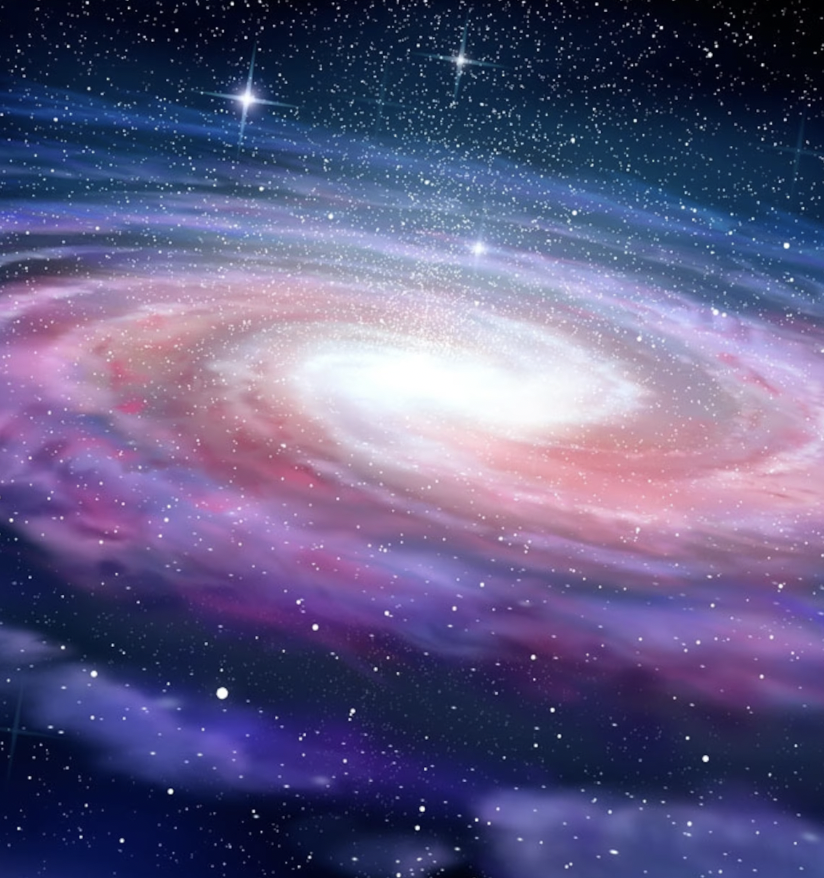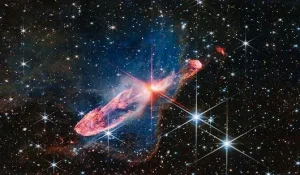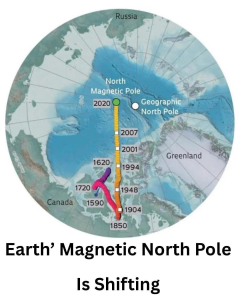
The Milky Way is a spiral galaxy, and it is rotating around its center. The Sun is located in one of the spiral arms of the Milky Way, about 26,000 light-years from the center. The Milky Way is moving through space at a speed of about 1.3 million miles per hour (2.1 million km/hr). We are moving roughly in the direction on the sky that is defined by the constellations of Leo and Virgo.
The Milky Way is part of a cluster of galaxies called the Local Group. The Local Group is moving through space at a speed of about 110 miles per second (180 km/s). The Local Group is headed towards the Virgo Supercluster, which is a large collection of galaxies that is about 50 million light-years away.
The Milky Way is a very large and complex object, and we are still learning about how it works. However, we do know that it is moving through space at a great speed, and that it is part of a larger group of galaxies that are also moving through space.
Our galaxy, the Milky Way, travels through space in multiple ways:
- Galactic Rotation: The Milky Way rotates around its center. It takes approximately 250 million years for our solar system to complete one orbit around the galactic center. This rotation gives rise to the spiral arms and the characteristic disk shape of our galaxy.
- Orbital Motion within a Galaxy Cluster: The Milky Way is part of a larger structure known as the Local Group, which consists of several galaxies, including the Andromeda Galaxy and various dwarf galaxies. The galaxies in the Local Group are gravitationally bound to each other and move together within the larger scale structure of the universe.
- Galactic Drift: In addition to the rotational motion, galaxies also experience a phenomenon called “galactic drift.” Galactic drift refers to the motion of galaxies within the expanding universe. The universe is expanding, and as a result, galaxies, including the Milky Way, are moving away from each other. This expansion causes the space between galaxies to stretch, leading to the overall movement of galaxies through the expanding universe.
It’s important to note that the motion of the Milky Way and other galaxies is not perceivable on human timescales due to the vast distances and long timeframes involved. Nevertheless, the collective motion of galaxies plays a crucial role in our understanding of cosmology and the large-scale structure of the universe.





